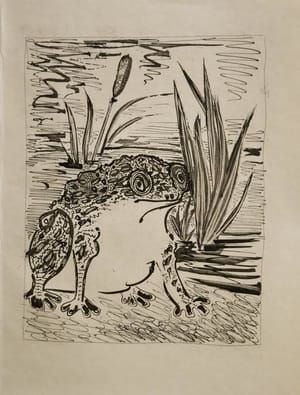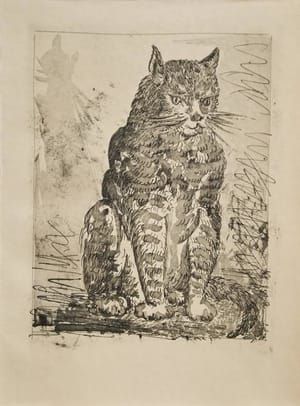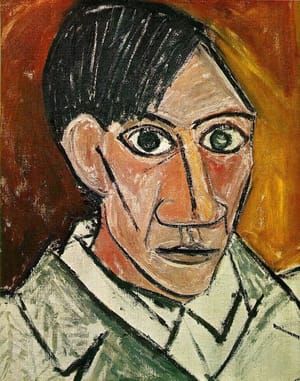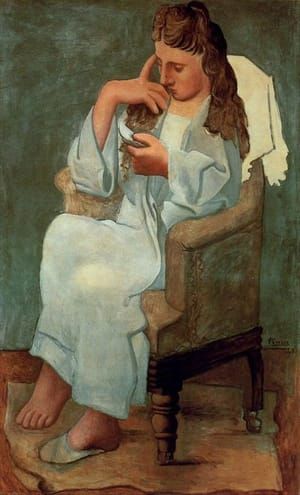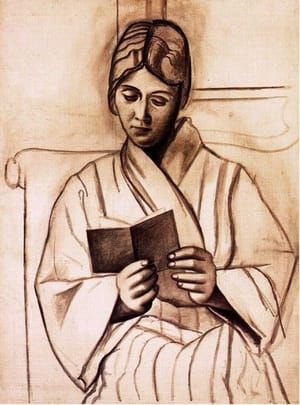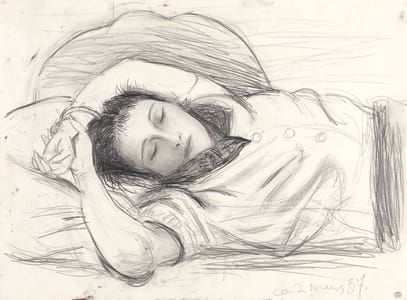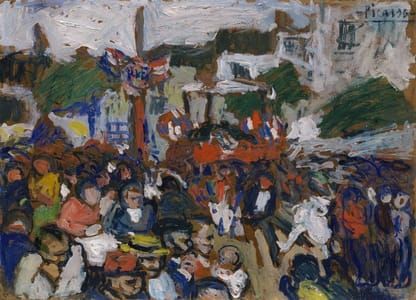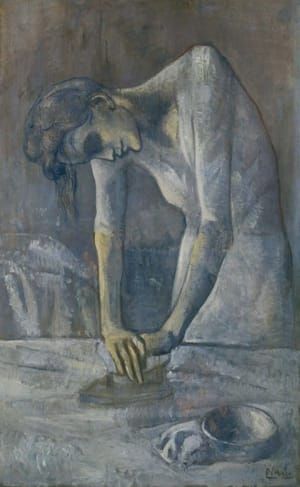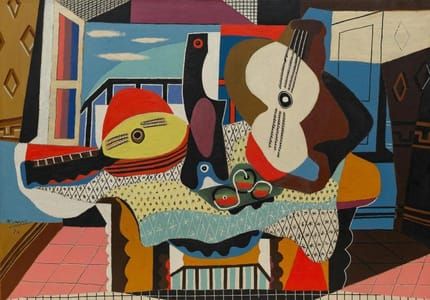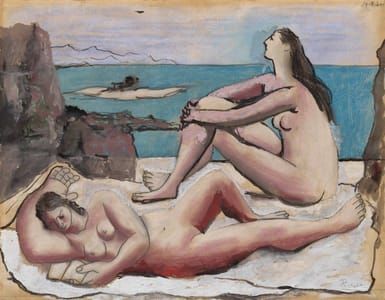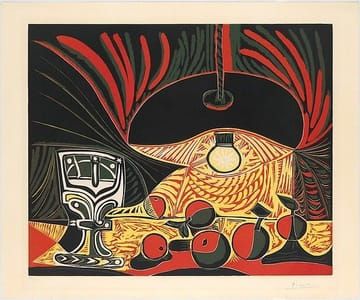
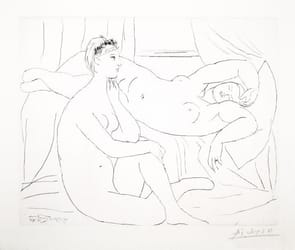
Deux Femmes se reposant, 1931
Pablo Picasso
Deux Femmes se reposant (Bloch 143)
1931 (September 29, Boisgeloup)
Drypoint printed on laid Montval with Picasso watermark
From the Suite Vollard (S.V. 10), edition of 260
Sleeping is a common motif in Picasso’s work of this period; he used it to signify a number of emotional states, including loneliness, bliss, and ignorance. Several plates of the Suite Vollard show either the model or the artist asleep. Here, he shows two different models at rest in the studio, as if waiting for the artist to be ready for them. Along with the other introductory plates of the suite, it introduces another aspect of the process of making art—a leitmotif in the Suite Vollard. Each of these elements come together in a grand commentary on the relationship between art and life in the later forty-six “Sculptor’s Studio” plates that play a major role in the suite as a whole.
While the subject of two women is unusual within the Suite Vollard (most plates show a man and a woman), Picasso began to depict intimate scenes between two women with increasing frequency in the 1930s. This image is quite similar in composition and subject to a later 1932 print titled Femme veillant une Dormeuse (Bloch 238) and several monotypes that he created in 1933. In each of these images, the seated woman at left resembles Marie-Thérèse Walter while the sleeping woman has more generalized features.
[http://www.johnszoke.com/picasso-works/slideshow-view/24]
Uploaded on Feb 5, 2018 by Suzan Hamer
Pablo Picasso
artistArthur
Wait what?
